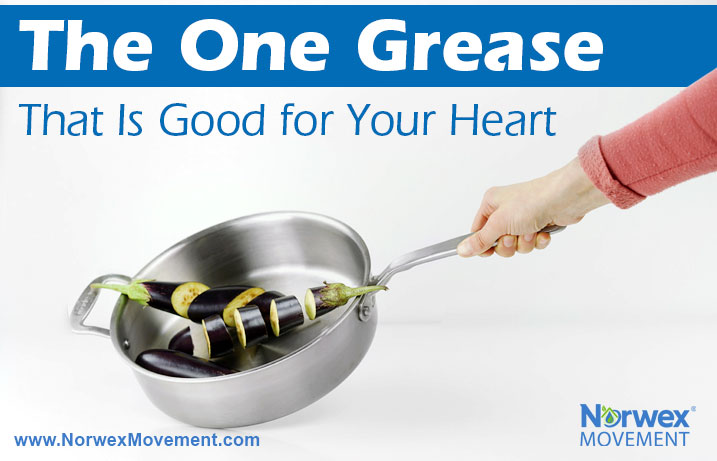

A good rule of thumb is if it’s convenient and makes your life easier, a trade-off is being made somewhere and often not for the better. Take cookware, for example. Did you know you might unknowingly be exposing yourself to chemicals that can leach into food from the tools you use to cook?
Not surprisingly, the most common cooking go-tos are actually the ones wrought with toxins that cause reactions ranging from the mildly nauseating (like the “Teflon flu”) to outright expiration (and we’re not talking package dates here!).
I mean, who doesn’t love that nonstick pan you can just wipe off or use to flawlessly flip an omelet? Well, all that slickness comes at an expense. Looking to add a helping of polytetrafluoroethylene (PTFE) to your next dish? What about a dash of perfluorooctanoic acid (PFOA)? These are just a few of the chemicals that, when exposed to high heat, are freed from their molecular bonds and may even find their way into your family’s food.
The best advice? Apply a little “elbow” grease and sacrifice some convenience by choosing alternatives that are not only safer but also yield better cooking results and save you money in the long run. Avoid cooking up trouble by sticking with cookware from the “good” column below, especially if any of your “bad” cookware is chipped or cracked.
Resources:
How do you tell if ceramic lined pans have lead and or cadmium? I thought they were safe. Are there any labeling requirements?
Kim, great question! Probably the best way to know that your cookware doesn’t contain lead or other toxins is to view test results from either the manufacturer or a third party. For more information about applied coatings, visit: http://cookware.org/fda-coating-compliance-information-2/
This is one of the next changes I had planned to make! Thanks for the info!!
I just watch the documentary on Netflix called The Devil We Know, about how Dupont knew about the toxic chemicals in Teflon and continue to make it. I will be cleaning out my kitchen and phasing out any non-stick pots and pans.
How horrible that a company would place more importance on the almighty dollar than our health! Unfortunately that happens way too often! Integrity has fallen by the wayside
Interesting article. It is beyond belief that people continue to be given the option to buy these bed for our health items.
Wow I thought copper was safe!! That’s a bummer!! I mostly use cast iron and glass….it’s what I grew up with. I love my cast iron because I can abuse the daylights out of it, apply a little TLC (seasoning it) and it’s good to go the next time. When we go camping I just get the bits of food off, put some home rendered lard on it (anything you season it with should not have salt) and throw in into the fire until it is good and hot, wipe it out and it’s perfectly seasoned. I only wish they made standard size pots for the stovetop!
Does anyone know if Cephalon cookware is safe to cook In?
I’ve known that this was a problem for a long time and have done so many other things to reduce chemicals in our home, but for some reason haven’t stopped using the Teflon! Thanks for posting this article and reminding me this is another step I must take to improve our quality of life! So appreciate the alternatives supplied!
cast iron sits on my stove-top and I am glad to read that it is okay!
I like gotham steel pans they are titanium and ceramic they are non stick and have never scratched with use of metal utensils
I was wanting to know what cookware I should look into purchasing
My hubby and I kept telling each other that we needed to ditch our old pans, and this article made it happen. I just seasoned up some cast iron, and purchased a set of nickel-free stainless steel pots and pans to replace the non-stick ones. I can’t thank you enough for this article!
I rediscovered Revere Ware that my mother used. I love it. It’s easy to clean with Norwex dish washing products. I also have some cast iron and a few pieces of Corning Ware.